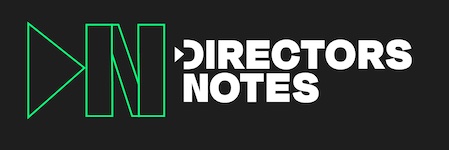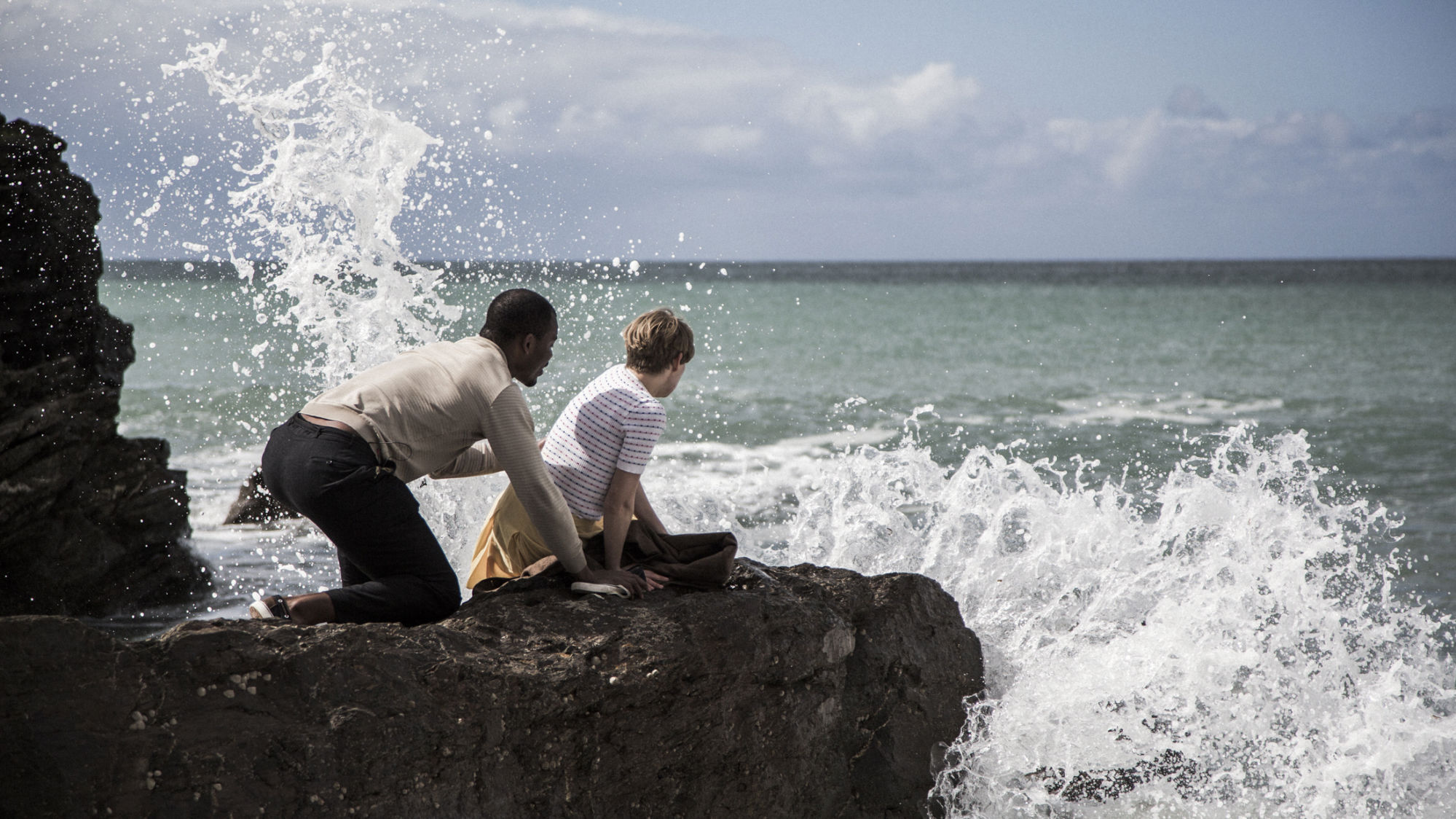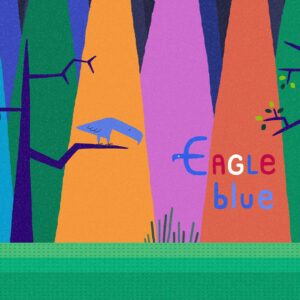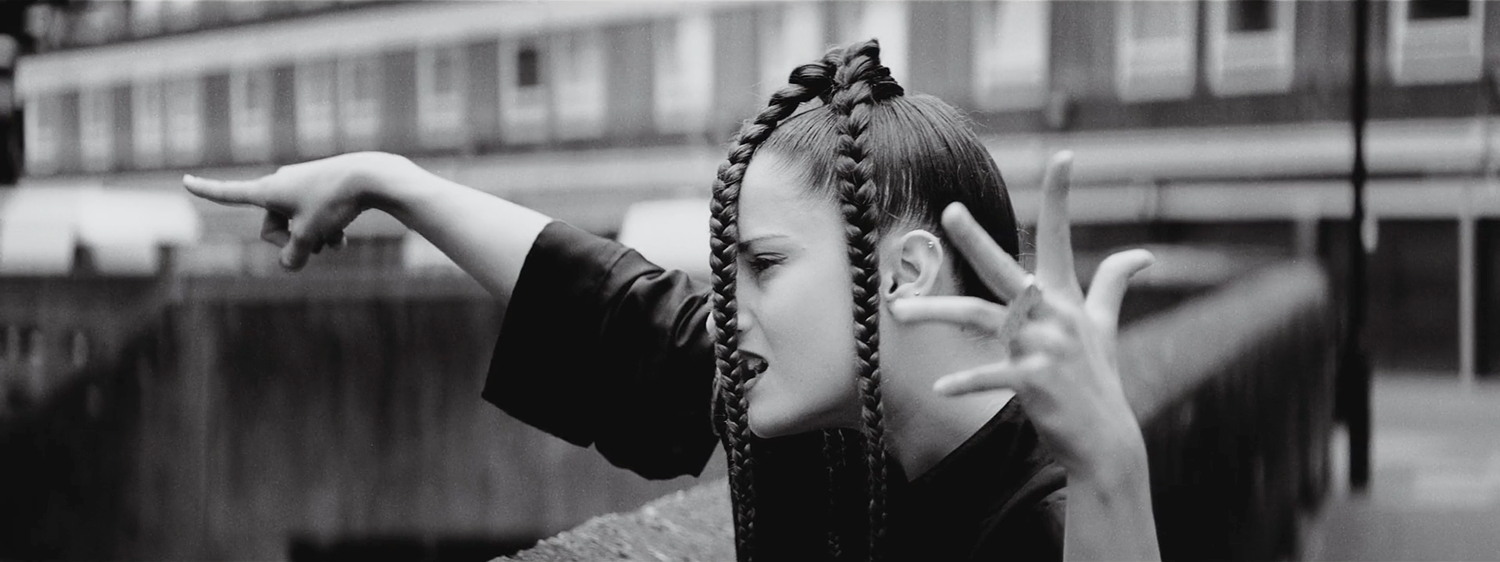
Whilst many of cinema’s most memorable characters come with lines of witty, moving or just downright cool dialogue attached, film is after all a visual medium and those directors at the top of their game know just how to use it to convey more, and on a deeper level, than 100 pages of catchy prose ever could. A director who has always showcased image and movement at the forefront of his work, Youness Benali returns to DN with the aptly name Without A Word and explains why despite what you may initially think this new piece isn’t a dance film.
As opposed to being the result of a commission Without A Word is a self-generated project. What ideas did you want to explore in this piece?
I produced, wrote and directed this film and I debated for a long time if I wanted to have the cast in the film, dancing or express themselves in other physical ways. I think I hesitated with using dance in the film as I felt that a lot of people who see Without A Word (and a lot of my work), will think of it as a dance film. But for me I just see it as these characters, people, that are expressing their pain, their feelings and their struggle with the use of body movement, and I don’t necessarily think of it as dance.
What is it about the ‘dance film’ and its relationship to your body of work that made you want to distance this film from that label? Is there a fear of becoming ghettoised as an artist?
It’s not so much the fear of me being labeled as a filmmaker who (at the moment) uses body movements to express emotions, I’m fine with that. I just don’t see Without A Word, as being a ‘dance film’ – I’m sure to a lot of people that’s exactly what they think though, but that’s just not how I see it.
I was very specific in that I didn’t want anything choreographed and I didn’t want them to move to music.
Did that perspective influence your choice of cast?
In terms of the cast, I looked for people who could express the emotions I wanted to bring forward in the film with the use of movement as I didn’t want to feature any dialogue. I was very specific in that I didn’t want anything choreographed and I didn’t want them to move to music – I just wanted them to express feelings and emotions with the use of their bodies. I had worked with Dominant and Benjamin Milan on my No Substitute video. So they were the first guys that I spoke with. I then met Gianna Gi, Kaner Scott, Malick Bright and Paleta and told them about the project and the way they responded just made it feel right for them to be involved. I felt that each one of them approached their craft in a very similar way to how I approach mine. So from a very early stage in the pre-production I knew who I wanted to work with, which was great in terms of moving forwards with the film.
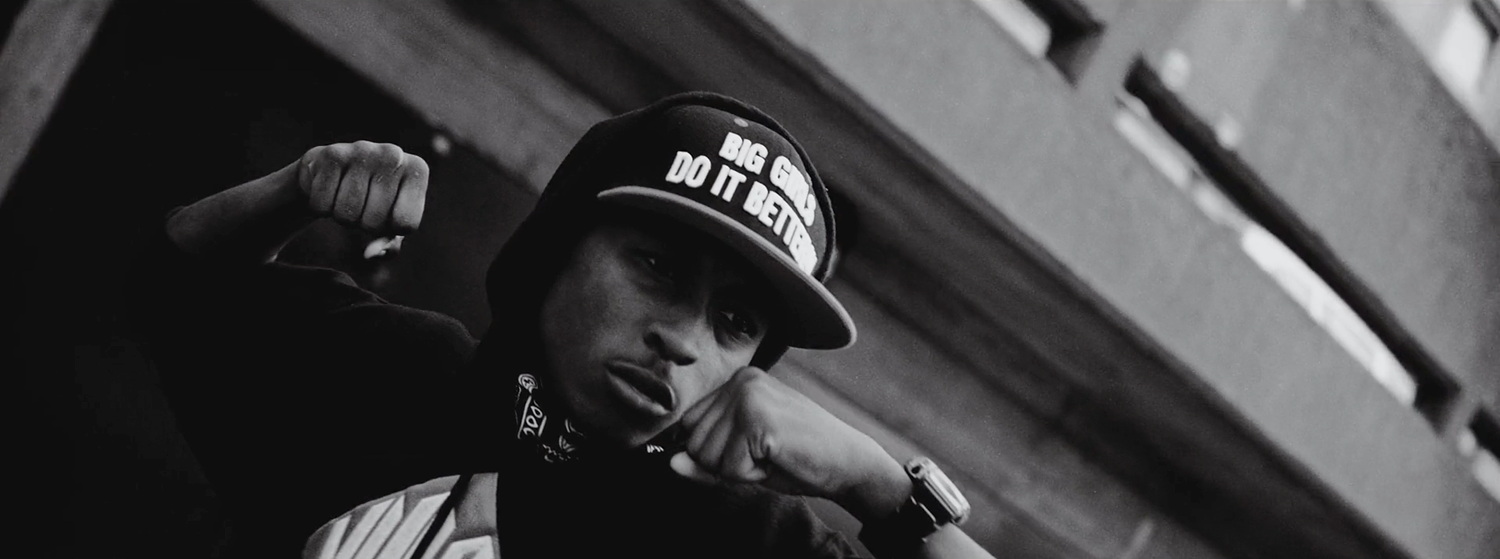
Dance film or not Without A Word still required aesthetic movements and poses from your cast. How did you achieve those without choreography?
I had told the cast that there was one condition to this film and that was that they all had to move to no music, in silence. They all knew what mood I was looking for and I didn’t want to clutter their movement with beats and rhythm. I just wanted to capture their movement based on the mood and the feelings I had set for them. It was great and really inspiring to see people move so full of emotion without hearing a single note of music. Music and dance go hand in hand but as I said before I was not looking to make a dance film, but a film where movements express feelings, where no words do.
The whole film is made up of moments where I react to the cast and they react to me. Nothing was choreographed, I never told them to dance, but I asked them to bodily express certain emotions that I wanted to bring out. The only thing I knew beforehand was where to frame each one of them and the mood, the rest came by itself.
Did your insistence that they move to silence require a conscious battling against their syncing movements to any particular internal tunes they may have played in their heads?
I tried to make it as clear as possible that they should let the different emotions I was going for guide them, rather than them having a tune that they had playing in the back of their head. For some of the cast it was harder to move without music, which is understandable. But the more they just let go, the more it felt like they started to get possessed by the feeling of movement rather than the rhythm of it, if that makes any sense.
There are clear tones of Ravel’s Bolero in Benjamin Lycke’s composition – was that the path laid out in the orchestral score you had originally envisaged?
After finishing filming, I found myself with a little dilemma. I was always going to use music for the film, the problem was that I had no clue what music. We were well into the edit when Ellie Johnson, who edited the film, slapped Zbigniew Preisner’s Treason on top of it and all of a sudden the film had a totally different feel to it than it had when it was still a ‘silent film’. I looked into getting the rights for Treason, but somehow it didn’t feel right to just use a score that was intended for something else and then try to fit it with what I was trying to do. I felt that the film needed its own sound, a sound that was made just for this film.
I had high hopes of using an orchestra to create the sound for the film, but the budget by no means matched my ambition. But I guess that’s the beauty with film and passion – you create your own luck in a sense and I was real lucky, that I found Benjamien Lycke, a composer who loved the film as much as I loved his work. I had contacted the Royal College of Music to see if they had anyone who would be interested in working together. There were a lot of really talented composers who contacted me but it wasn’t until Benjamien did, that I felt that this was it. I explained to Benjamien how I normally approach my work. That I normally work with a very loose backbone and that everything really comes together into its final state in the edit. And Benjamien felt that he should construct the music with the same ethos. So during the recording session I had no clue how everything was going come together and I could really relate to that excitement. Benjamin scored the music for the film, and all of a sudden we were recording the score with a 15 band orchestra – it was a mind blowing and a very humbling experience to sit in a session where music was created especially for my film.
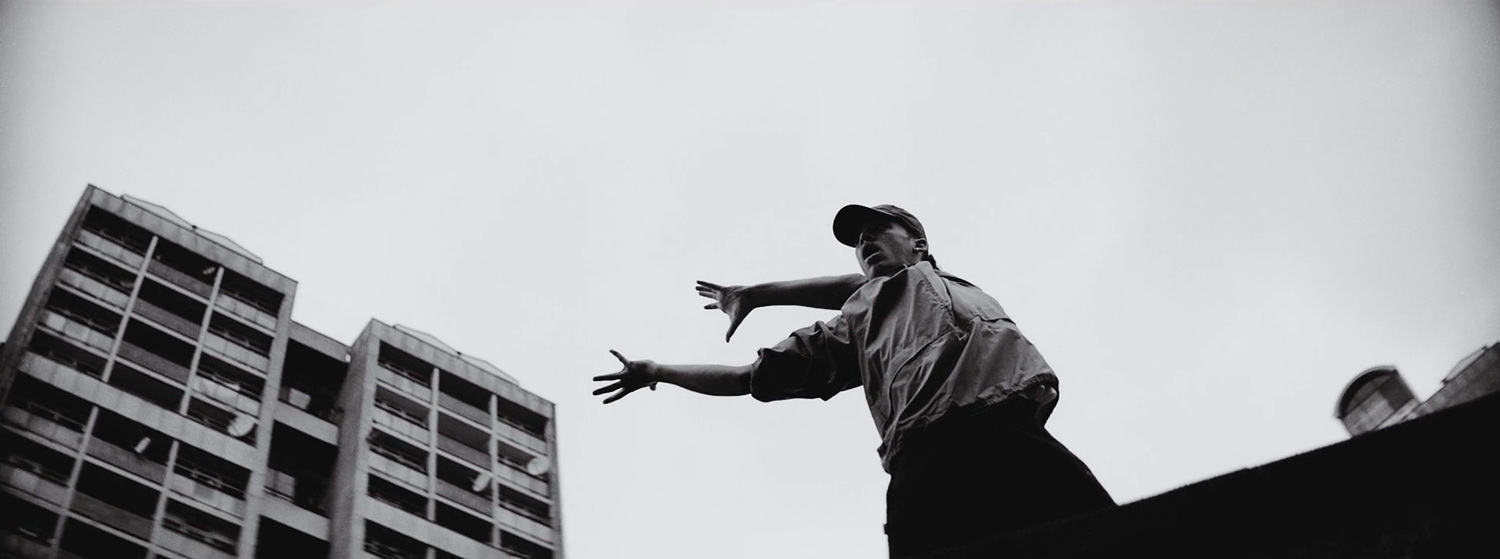
The urban landscape is a reoccurring backdrop in your work, what is it draws you back and how did that play into your choice of black and white cinematography and camera movement?
Actually most of my recent work has been shot at indoor locations, and with this film I knew I had to be outdoors. I want to show more of that side of me in my future work and I will try to explore as many different locations as I can. There is something visually powerful and striking with tower blocks – I think I’m just really impressed by that juxtaposition of something looking so big and powerful but that still has such a negative connotation to it. For me that was the perfect backdrop for the film.
I again worked with a very restricted budget and I always try to turn that into my advantage rather than my disadvantage. So I knew from the start that this film would be in black and white, and that I was only going to use available lights and those restrictions made it easier for me to create something powerful with the budget that I had. I had never shot anamorphic before, and as with every project I will try new things (this is my film school). I had also never worked with a steadicam operator so I was very keen for this film to be shot in constant movement.
For such an abstract piece there’s a seductive rhythm which flows between and links each scene, how did you find that flow without the confines of a traditional narrative?
I always strive to create work which is as seamless as it can possibly be. I really don’t want anyone to think “This must have cost this much” or actively think about the edit or the grade while watching my work. I believe once you have broken the illusion of the world that you’re trying to paint than that’s it, there is no way back in – certainly not for me and I don’t want people to view my work like that.
I try to make it my goal with each project that I do, to learn and to put as much of myself into my projects as I possibly can. And with this project I’ve learned so much more than I ever thought of when this film only lived in my notebook, and the result is a film in which I’ve poured my heart and soul into.
What’s next for you?
With my next short film projects, I will continue down the narrative path, and I think I’m one film away from doing a fully dialogue driven film and I really can’t wait!
